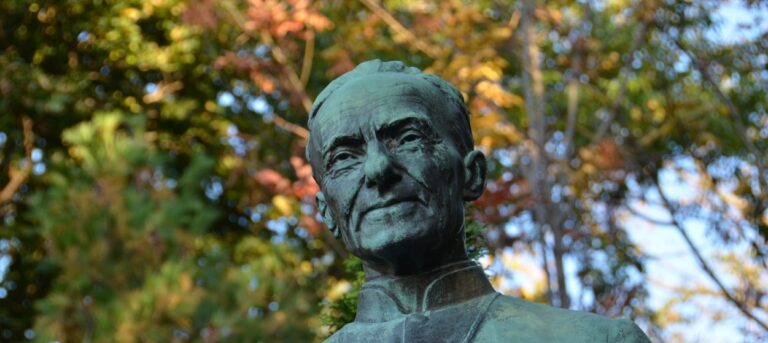
APOSTLE TO THE APOSTLES – AND TO US!

We can hardly be surprised that with so many women named Mary in the New Testament there is a little confusion around which event refers to which Mary. Add a number of accounts of un-named women and the confusion only grows. There is, of course, Mary the Mother of Jesus. There is also Mary of Bethany – the sister of Martha and Lazarus. And the disciple, Clopas, is married to a woman named Mary. Finally, there is Mary who came from the Galilean town of Magdala – whose feast we celebrate today.
In 591, Pope Gregory the Great gave a homily in which he argued, inaccurately, that the sinful woman who anointed Christ’s feet with costly ointment and tears was one and the same with the Mary of Magdala. Since then, the “myth” of Mary grew into a compelling tale of a repentant prostitute, mercifully loved and forgiven. This version of the Magdalene claimed the hearts of Christendom and – most stunningly – Christian artists and filmmakers so completely that it can be difficult for some of us to untangle the two images.
But who is the biblical Mary we commemorate today? We know she came from the town of Magdala – a Galilean town populated by fishers and farmers. We also know that she was a follower of Christ throughout his ministry. She was one of a group of several women who travelled with Jesus, and the twelve male apostles, as he went from town to village preaching and proclaiming the Good News of God’s reign. She would have been a woman of some means, as she was said to have been one of the women who provided for the group “out of their own resources.” (Luke 8:2-4)
We are told, almost in passing, that Mary had been liberated of seven demons. Typically, when numbers are employed in Scripture there is a symbolic meaning. The number seven refers to completeness and totality, even perfection. We might infer from the fact that Mary is healed of seven demons that whatever horror she experienced in her life, it had completely taken her over. We can only wonder what these sorrows may have been: addictions, trauma, compulsions, abuse, illness, pain? We are never told. But we can imagine what it might be like to be freed from suffering which has become so great that it entirely consumes you. To be yourself again after this, what freedom! No wonder she was so devoted to the one who healed her.
Mary Magdalene continues to be present with Jesus when it becomes clear that he and those who follow him are in great danger. Throughout the passion of Christ, she remains. Standing at the foot of the cross, she remains. She is steadfastly loyal to the end – and beyond. The others? They denied. They betrayed. They dispersed in fear and hid. But Mary? She was faithful and courageous. Love made her so.
Perhaps this is why she was chosen in the plan of God to be the very first witness to the resurrection of Jesus. With grief as great as her love, Mary visited the tomb of her friend on the first day of the week only to find the stone rolled away, revealing an empty tomb. I can imagine the horror and shock she felt – at a time when she likely thought there couldn’t possibly be any more horror left to feel. She called the other disciples who came and saw the shocking site. Having seen, they returned to their homes, but she remained – as was her custom. There in her sorrow, Christ appears, consoling her, revealing himself to her, commissioning her. That is how she becomes the apostola apostolorum – the apostle to the apostles. The first preacher of the good news of the resurrection was a woman!
Mary had witnessed Christ’s resurrection, but she had also listened daily to his words of truth and power about the coming Reign of God. She heard his brave and prophetic message. She saw the way he embraced all, especially the most marginalized and the way he loved beyond imagining. She had seen the Lord! She had heard him. She embraced the call to speak the marvellous news. How could she keep silent in the face of the vision to which she had born witness? How can we?
Christine Way Skinner is a lay minister and author. She received a Bachelor of Arts in Theology degree from St. Francis Xavier University and a Master of Divinity from Harvard Divinity School. Christine loves trying to find inclusive, compelling and creative ways to pass on the church’s 2000 year old traditions. She also loves art, playing music, reading, gardening and playing board games with her children. Christine’s numerous publications can be found and purchased here.



A touching reminder of the power of Christ’s love to first forgive and then transform human life in extreme fashion. We glimpse and are encouraged by Mary’s example of unquestionable devotion, uncompromising commitment, and reliability through the brief three year window of her recorded experience. How amazing it would have been to know more of her life after the physical form of her Saviour was departed and the work of faithful had begun in earnest. Thanks Christine!